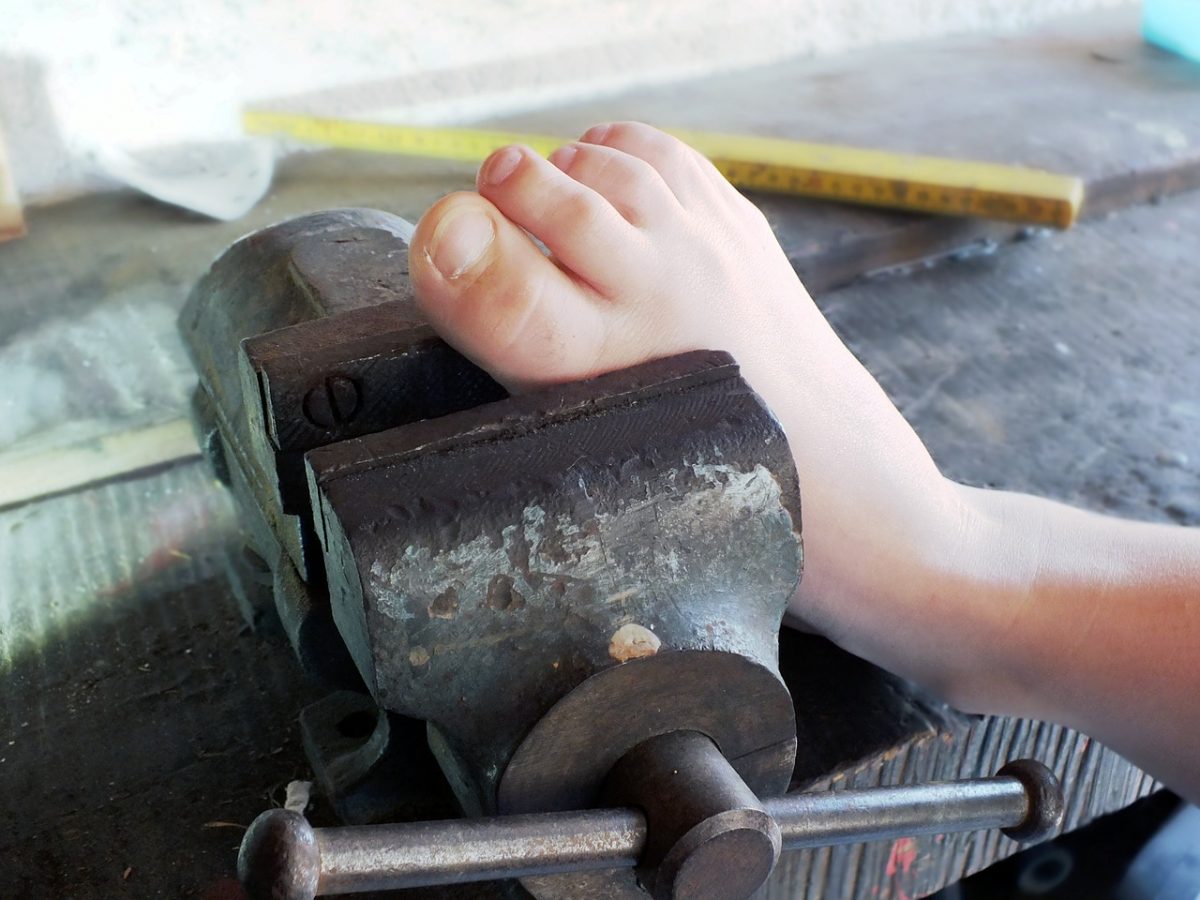What is peroneal nerve injury (foot drop)?
A peroneal nerve injury (also called foot drop or drop foot), is a peripheral nerve injury that affects a patient’s ability to lift the foot at the ankle. While foot drop injury is a neuromuscular disorder, it can also be a symptom of a more serious injury, such as a nerve compression or herniated disc.
Causes of peroneal nerve injury (foot drop)
Foot drop injury can be caused by an injury to the spinal cord or from other underlying diseases, such as amyotrophic lateral sclerosis (ALS), multiple sclerosis (MS), or Parkinson’s disease. Sometimes, drop foot is a complication from hip replacement surgery, or other injuries (e.g., knee or joint dislocation or fracture, herniated disc).
Symptoms of peroneal nerve injury (foot drop)
Symptoms of peroneal nerve injury (foot drop) may include:
- Inability to point toes toward the body (dorsi flexion)
- Pain
- Weakness
- Numbness (on the shin or top of the foot)
- Loss of function of foot
- High-stepping walk (called steppage gait or footdrop gait)
Diagnosis of peroneal nerve injury (foot drop)
Proper diagnosis of drop foot requires the expert attention of experienced neurologists and nerve specialists.
Diagnosis will include:
- A comprehensive clinical exam, including neurological exams
- Complete medical history
- Electrical testing
- Imaging studies, such as X-rays or high-resolution 3-T MRI (magnetic resonance imaging)
